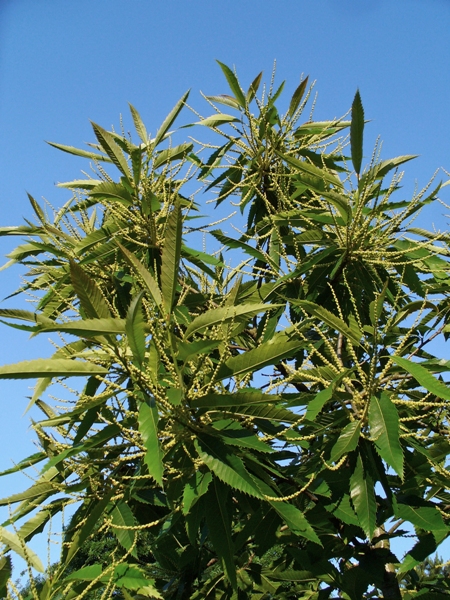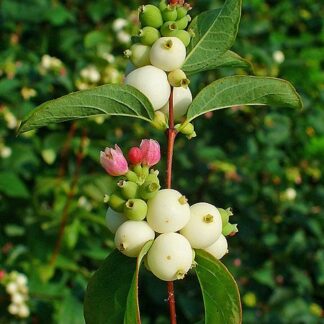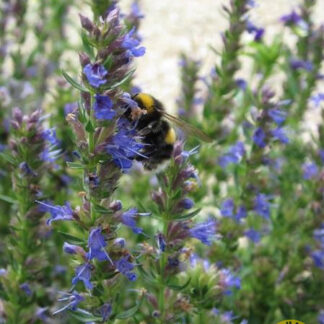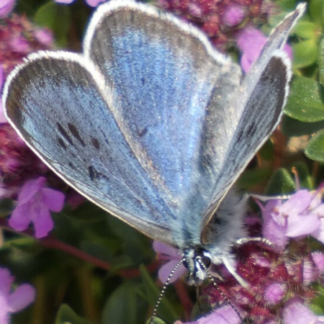Description
Fagaceae (family name)
Forage for Pollinators: Produces major pollen and nectar for all bees and other pollinators and is also a major honey source in the UK
Flowering time: July.
Growing information: DECIDUOUS TREE believed to have been brought to the UK with the Romans, and has long been naturalised, native to Southern Europe, W. Asia and N. Africa. Tree reaches 17 – 22m (50-68feet) high by 8m (25feet) wide, with glossy dark green leaves with pointed tips and toothed edges. RHS hardiness rating 6, this is a drought resistant species. The tree produces male catkins to 15cm long, and female flowers on the same tree in July, followed by their edible sweet chestnut fruit in October. Trees can live for around 700 years, with one growing on Mount Etna in Sicily with a circumference of 190 feet believed to be between 2000 – 4000 years old.
Suitable on well-drained, acidic to neutral and poor soils, and wooded mountains, and needs full sun. Most of the UK Sweet Chestnut stands are in South East England either coppice woodland or standard trees. Recent disease threats began with Phytophora ramorum (sudden oak-death), a fungus-like pathogen and it turned out that Sweet Chestnut can be a sporulation host. In 2011 the Forestry Commission announced a new fungus –Cryphonectria parasitica causing Chestnut Blight (which arrived from France on planting material). In 2015 another blow descended, a notifiable and quarantine insect pest oriental chestnut gall wasp – OCGW (Dryocosmus kuriphilus). Another There are concerns of yet another fungus Phytophthora cambivora and Phytophthora cinnamomi which were recorded as causing disease in sweet chestnut in the 1930s, known as Ink disease.Foresters and growers of Sweet Chestnut need to get acquainted with the symptoms of these diseases to halt their spread.
Sweet Chestnut leaves and bark have been known to be used medicinally for treating coughs and rheumatism, and are said to be anti-inflammatory.,br>
Photo courtesy Wikimedia



